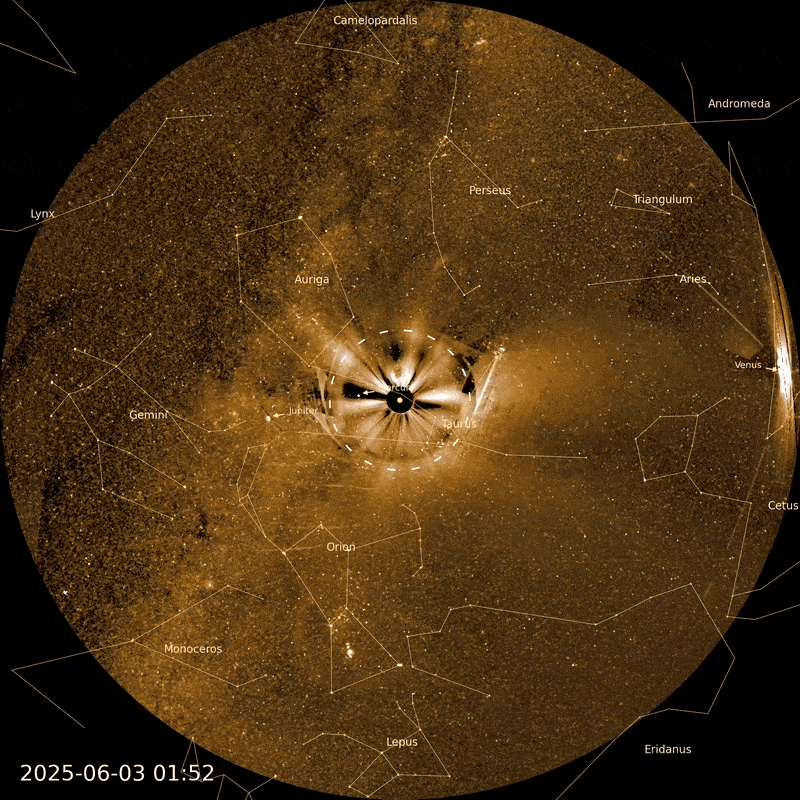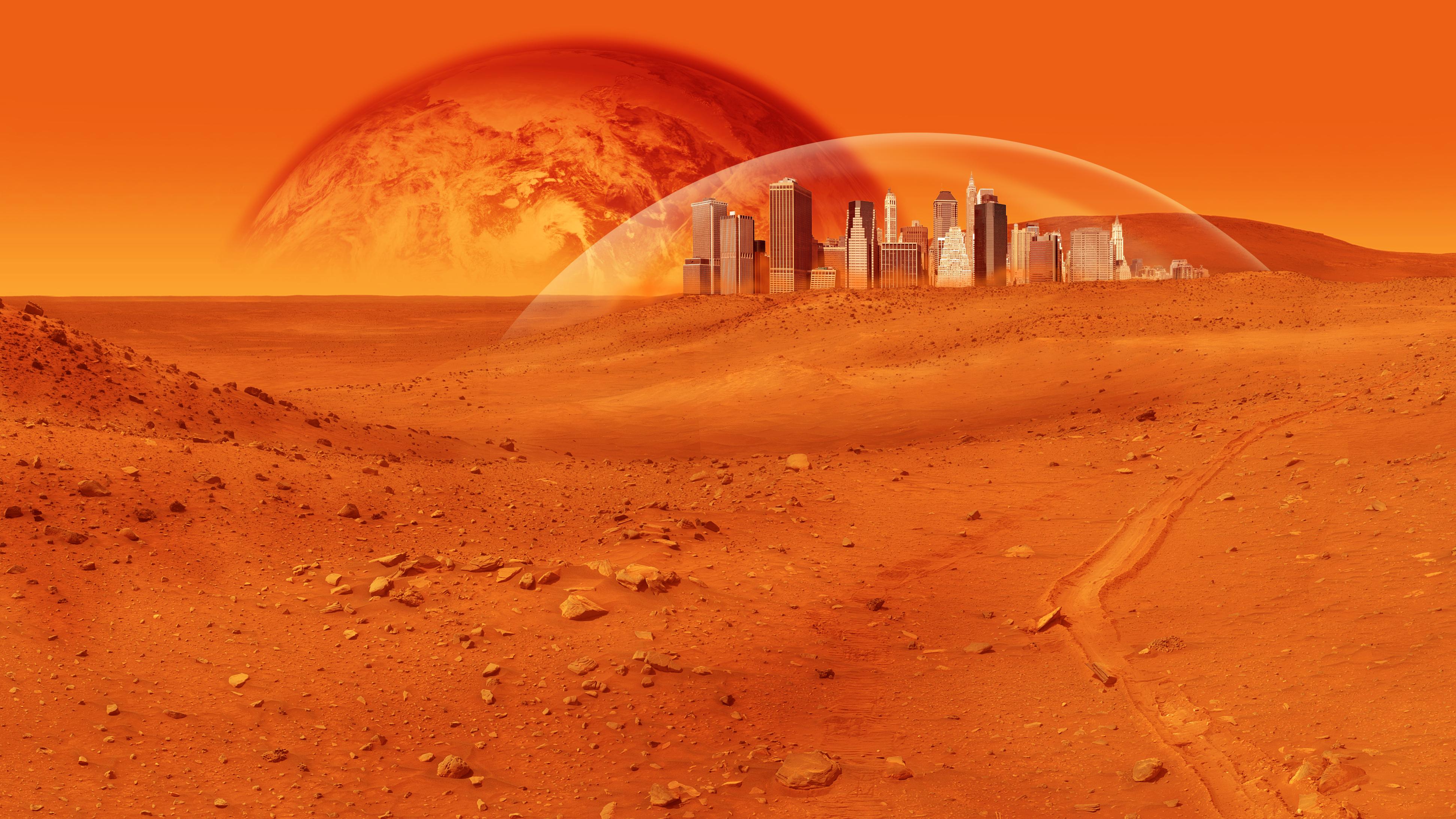Wildfires are peaking as the solar eclipse nears; here’s what you need to know
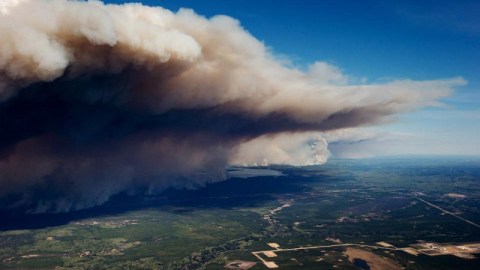
Oregon, Idaho, and Wyoming are all on fire, and simply driving your car can be the most dangerous thing of all.
“I’d rather fight 100 structure fires than a wildfire. With a structure fire you know where your flames are, but in the woods it can move anywhere; it can come right up behind you.” –Tom Watson
At the peak of wildfire season, all it takes is one errant spark to start a blaze, potentially leading to wildfires engulfing thousands of acres. It isn’t just the fire itself that’s dangerous, but also the smoke, the degraded air quality, and the potential closures of roads. In Oregon, in particular, over a million people are expected to travel to the seventy-mile-wide path of totality, in the heart of the hottest, driest part of the year. The entire pacific northwest, including parts of Oregon, Idaho, and Wyoming, has active wildfires going right now, threatening the air, roads, and general safety of residents and tourists alike. With August 21st fast approaching, here’s what you need to know.
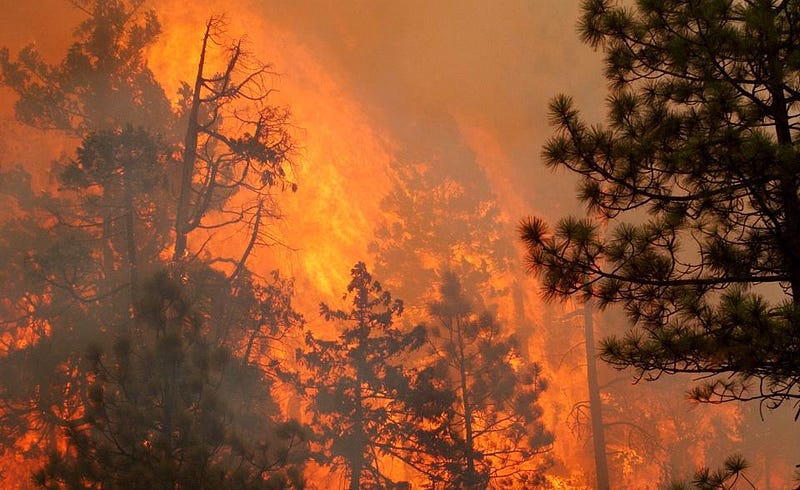
Peak fire season is no joking matter. While “burn bans” are in effect in most counties, it doesn’t take a bonfire or even a campfire to get a wildfire started. A single stray cigarette is often enough, particularly with the hot, dry brush found along state and federal highways. The biggest culprit for starting wildfires may prove to be cars, as a hot undercarriage or tailpipe can ignite that brush found at campsites or on the sides of roads. Simply being caught in traffic may be enough.
When you combine one of the largest tourism events in history with a particularly wet winter (leading to extreme plant growth) and a record-setting recent heat wave, the result is tall, dry grasses spread throughout the region. With hundreds of thousands of inexperienced campers flocking to the region — many of which don’t understand the dangers of wildfires — it’s not a question of whether there will be wildfires, but how bad the problem will be.
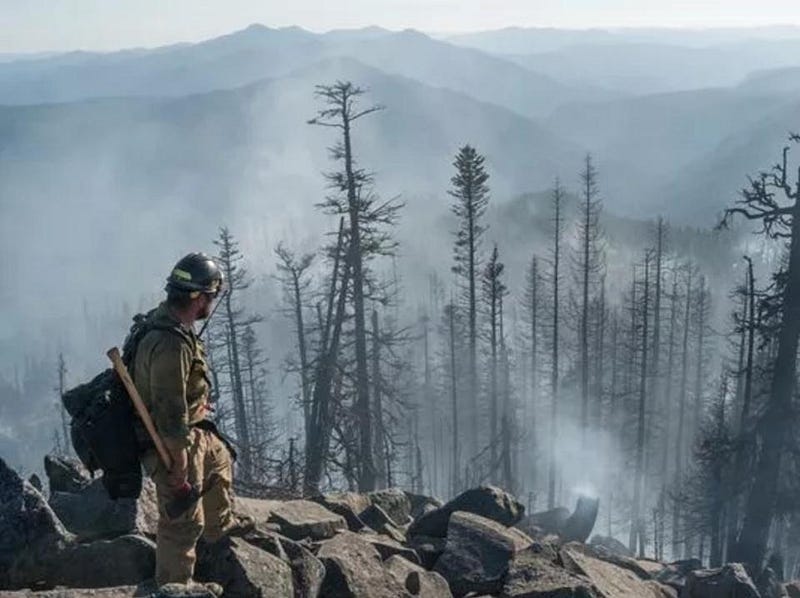
Right now, a 5,000+ acre wildfire is raging in the foothills of Mount Jefferson, right along the path of totality. This is a fire that is presently 0% contained, and is not expected to be fully contained until well after the August 21st eclipse. According to Grady McMahan, the Willamette National Forest’s district ranger,
I would like to tell people that we’ll have this trailhead and trails open for the eclipse, but at this point I can’t tell if that will be possible. Under normal circumstances, we’d probably keep the trails closed and allow dangerous snags to blow down naturally in the winter storms.
Numerous roads, trails, trailheads, and camping areas are already closed due to this fire, with similarly dry conditions and very high fire dangers covering over 50% of the path of totality west of the Rocky Mountains. In the worst case scenario, it won’t be about containing and putting out fires, but rather about evacuating people trapped by wildfires.
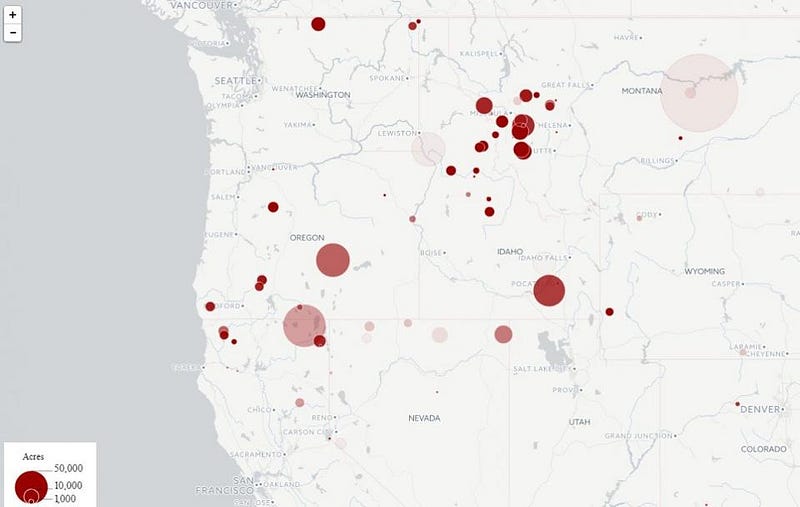
The fact that so many extra cars will be on roads unequipped to handle that amount of traffic threatens to make it that much more difficult for firefighters, land management personnel, and forest service workers (as well as volunteers) to get to where they need to be. If you’re headed down to enjoy the eclipse, it’s important to be aware of these dangers, and in particular to be prepared. That means, realistically, you need to prepare in a total of four ways:
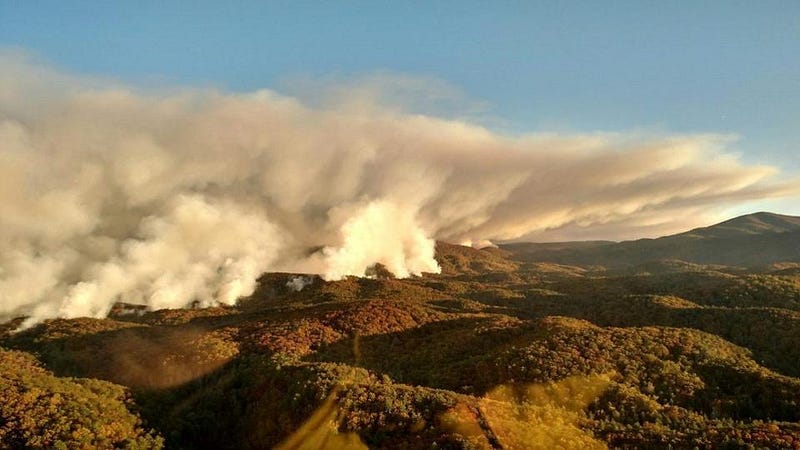
1.) Know the restrictions on fires wherever you’re headed. If there are bans or moratoriums on activities like building campfires, gathering wood, or burning any such matter, make sure you obey them. Never flick a cigarette butt or even your ashes out of a car window, and if you do have a fire, never leave it unattended. (Also, make sure you thoroughly douse the ashes with water, until it’s cool to the touch.) According to Ken Armstrong of the Oregon Department of Forestry,
Know what the restrictions are in the area that you’re going to go camp in and make sure you don’t accidentally or on purpose cause a fire. Because the smallest thing can lead to an absolutely catastrophic wildfire.
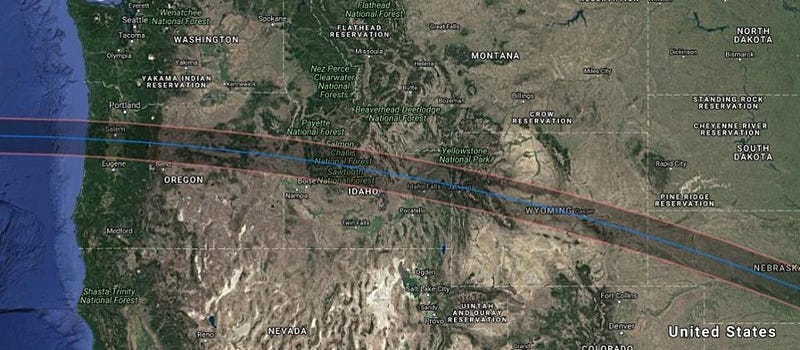
2.) Bring extra food and especially extra water with you. With so many people traveling in such dry, hot conditions, the risk of dehydration is severe. Emergency crews will likely be unable to swiftly move to where help is needed, so the best thing you can do to avoid dehydration — particularly in locations where water is normally available but won’t be for the eclipse — is to bring all the water you need plus extra with you. This is particularly relevant for those headed to Jefferson Park, where not only is there a wildfire (caused by a lightning strike) in progress, but where the largest draw of backcountry campers are expected to aggregate.
Honestly, this is independent of wildfires; there’s a significant risk of being trapped in your vehicle for hours upon hours just to travel a few miles. In the summer heat, having food and water with you is the smartest move.
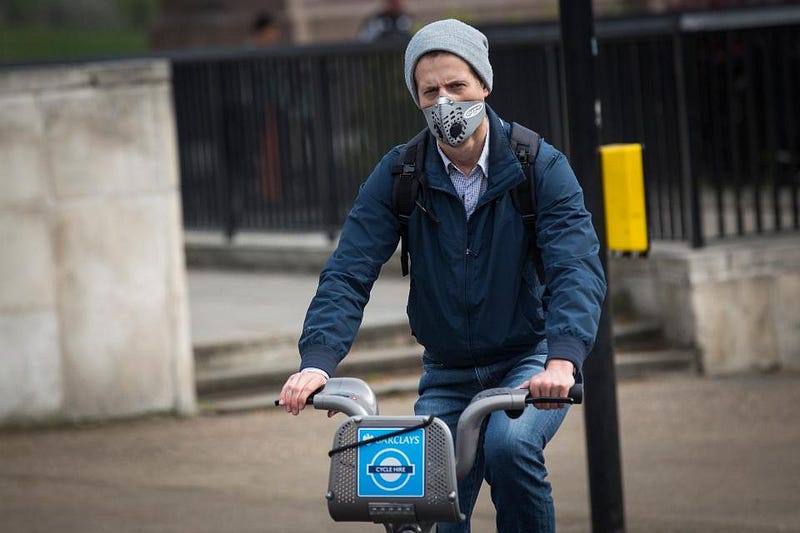
3.) Be prepared in case the air quality becomes dangerous. It isn’t just the fires that are dangerous, but the smoke as well. Even being a large distance from a fire doesn’t mean the air will be safe to breathe, and if you’re camping, it’s not like you have much of an opportunity to escape that. This past week, large parts of Oregon, Washington, and British Columbia experienced dangerously poor air quality, forcing the closure of many public spaces. Given the fact that so many wildfires will likely be raging, the potential for dangerous air is severe. The Air Quality Index has risen (and stayed) above 200 in many parts of the region (anything over 100 is unsafe), with health implications for even otherwise healthy people. You may want to consider bringing an anti-pollution mask for everyone traveling with you if the conditions are poor.
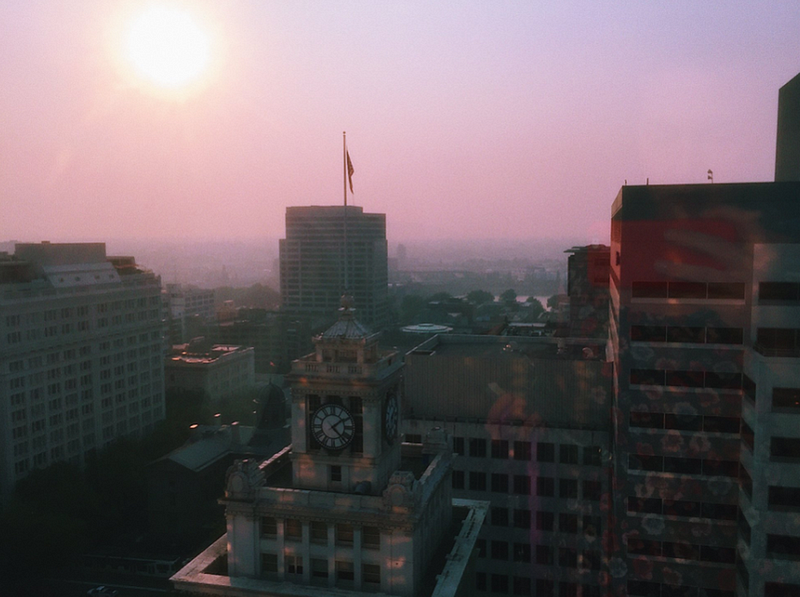
4.) The smoke and haze may impact your view of the eclipse. The whole point, for most people making the expedition, is to experience the wonder of totality. Those two minutes spent immersed in darkness will be unlike any other natural phenomenon on Earth. Yet if the smoke from the wildfires is bad enough, it can reduce your visibility significantly, impacting your ability to see stars, the solar corona, or planets during totality. Do not make the mistake of thinking that the reduced brightness makes it safe to look at the Sun without sufficient eye protection; the same particulate matter that blocks visible radiation may not block the same amount of ultraviolet or infrared radiation, and that is what damages your eyes!
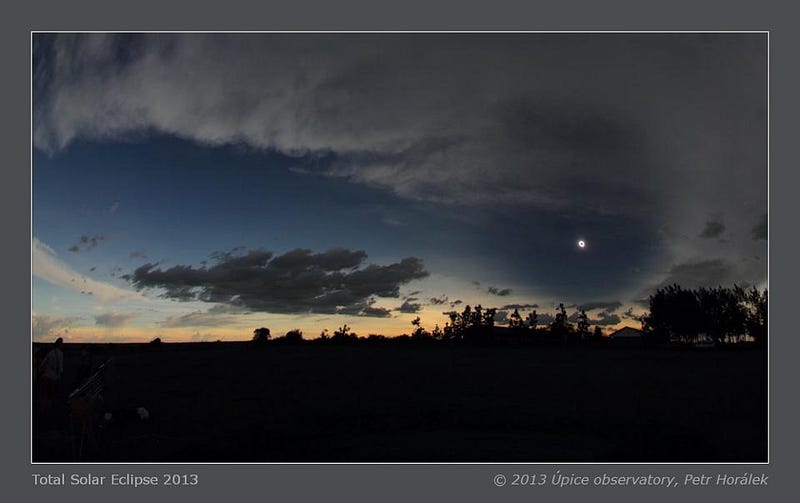
Your best bet, to be honest, is to choose an eclipse viewing site closer to the Oregon coast, as the prevailing winds will likely take any smoke eastward rather than westward. Regardless of where you are, knowing the rules and risks of fire, bringing extra food, water, and an anti-pollution mask are all good ideas, and valuing your safety over an ideal view of the eclipse are all things to keep in the forefront of your minds. With millions of people set to gather in areas unaccustomed to seeing so much traffic, it’s up to all of us to be on our best behavior and leave no trace. While some wildfires are inevitable, many are caused by human activity. With the potential to adversely affect so many people, it’s never been more important to act responsibly when it comes to fire.
Mostly Mute Monday will return next week; the importance of eclipse and fire safety is too great to restrict ourselves to 200 words today!
Ethan Siegel is the author of Beyond the Galaxy and Treknology. You can pre-order his third book, currently in development: the Encyclopaedia Cosmologica.
